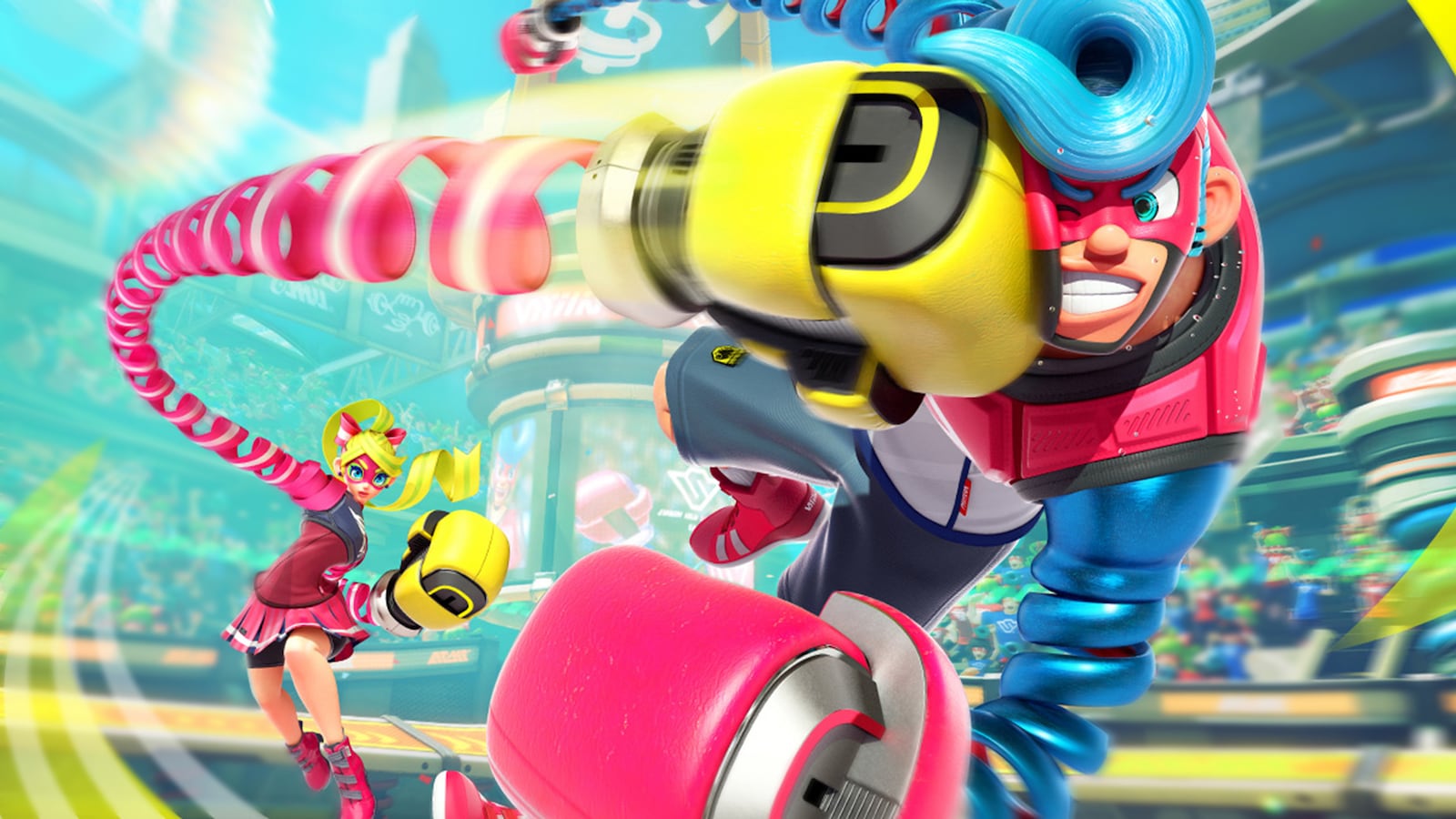Motion controls in video games have, it seems, made a comeback. Though their existence is nothing new, the release of Nintendo’s Wii brought so-called “waggle” controls into the mainstream. The wild success of that console meant everyone had to jump on that train in some way or another. Sony tacked on motion capabilities to the PlayStation 3’s controller and would later release the technologically superior PlayStation Move, but neither really captured the imagination (or market share). Microsoft went all-in on the Xbox Kinect, which eschewed the controller entirely in lieu of tracking your skeleton and making “you the controller.” But the Kinect, originally bundled with every Xbox One, only works via adapter with newer iterations of that console, and game support is virtually nonexistent. Even Nintendo stepped away from motion with the Wii U, a system that had very basic tracking abilities but moved back to a more traditional controller—albeit one that featured a big touchscreen in the center.
There has been yet another shift, though, driven largely by the rise of virtual reality. Motion controls can sometimes feel disconnected from an experience but appear completely natural in VR. In fact, they’re all-but-necessary for the feeling of true immersion. The HTC Vive, with its packed-in controllers, proved that. Sony followed suit with the PlayStation VR, thus finding a genuinely compelling use for the aforementioned Move controllers. Then Oculus got into the game right at the end of 2016 with their Touch controllers. Each of these differs in capabilities, but they are all in service of the same goal: accurate movement tracking to get you really feeling like you’re in the game.
And so we return to Nintendo, as the company comes full circle with the release of their latest title for their newest console, ARMS. ARMS is the game I was imagining in 2006 when I sat outside of Target on a cold November night for eight-and-a-half hours waiting for a launch-day Wii. It’s what everyone was expecting Wii Sports Boxing to be: cartoonish looks backed by technological nuance that would take the subtleties of human motion into full account. It wasn’t what we got. The others—Tennis, Golf, Baseball, and Bowling—gave some approximation of the sport, but Boxing inevitably devolved into two people shaking their hands until someone was down. Efforts to get the movements on screen to match yours were futile.
With that aching disappointment in mind, ARMS seemed suspect. The game features a cast of colorful characters with arms that can stretch out dozens of feet forward—Reed Richards-style—with movements that track to yours: move by tilting your controllers and punch by, well, punching with them. If your opponent moves out of the way, simply twist your wrist to redirect your onscreen fist. And though we had been burned before, technology has changed a lot during the intervening years. I was willing to give Nintendo another shot. And I’m very glad I did, because ARMS is awesome... if you’re playing with friends.
For all of their faults, Nintendo remains one of the industry’s strongest developers. Their games are pretty uniformly great—and often better than that. And though they’ve got fantastic solo experiences, like the brilliant Legend of Zelda: Breath of the Wild, multiplayer games are their bread and butter. Since they have yet to form a coherent online strategy, local multiplayer will have to do. ARMS is Nintendo’s first new franchise for the Switch, a tablet-like system that feels tailored to party games. The Switch can be set in a dock and hooked up to your television, or it can be taken on the go, where its small-but-vibrant screen makes two-player games surprisingly viable. I wouldn’t recommend playing ARMS that way, but you could if you wanted to.
I played ARMS in three different settings: my bedroom, an office conference room, and a lunchroom. The first two were primarily with others, while the latter was solo. And while it was fine, just me awkwardly punching at my Switch while folks around me were eating, it’s a far, far better time with others. And this held especially true when all parties really got into it. You don’t need to punch very hard to get the motion to work—like the original Wii, smaller movements will be tracked—but it’s more fun to go hard. And if you do go for it, throwing punches either at or alongside your friends, then you may well work up a sweat. It’s here that we see the return of the fitness trend Nintendo has been trying to incorporate into gaming for so long: two people, standing side by side, punching at their screen until they tire themselves out. You could do that with Wii Sports Boxing, but it’s not nearly the same, for in ARMS, I felt like my motions were translating exactly to the actions on screen. The tilt-to-move is admittedly a little awkward, but it’s something you get used to and ultimately doesn’t detract from the game’s core functionality.
It’s rock-paper-scissors: block beats punch, grab beats block, punch beats grab. But it’s rock-paper-scissors where one person’s punch might be a laser shooting out of a dragon-shaped fist. Each character has their own little inventory of different arms (really hands), which genuinely changes up the feel of each match. It adds an interesting wrinkle, but all that matters less than how it actually feels. And it feels good to finally have a game like this do exactly what you want it to do. When you throw that punch, it never feels like an accident. If you miss, it’s not because the Switch didn’t register your movement; you just weren’t fast enough.






